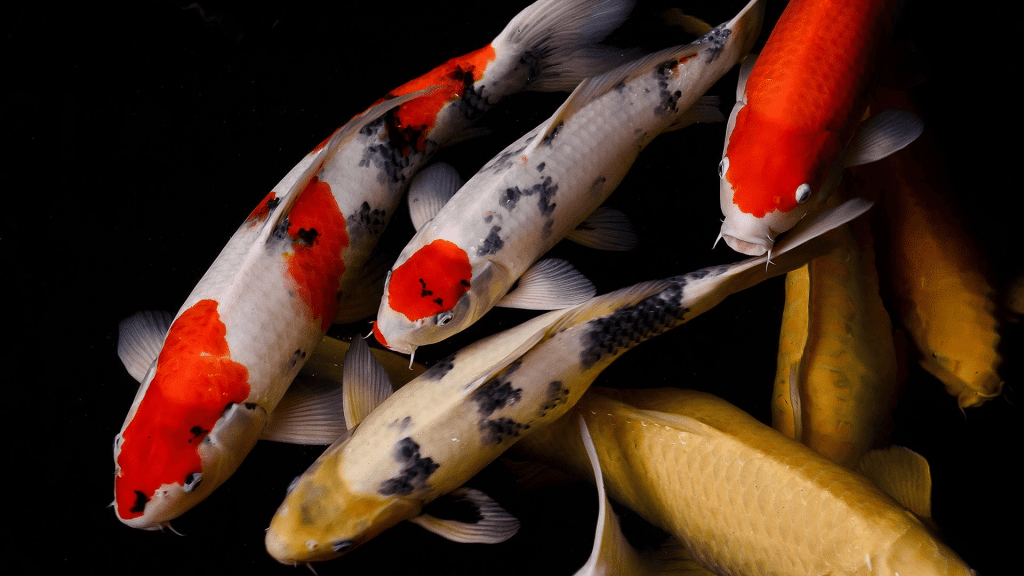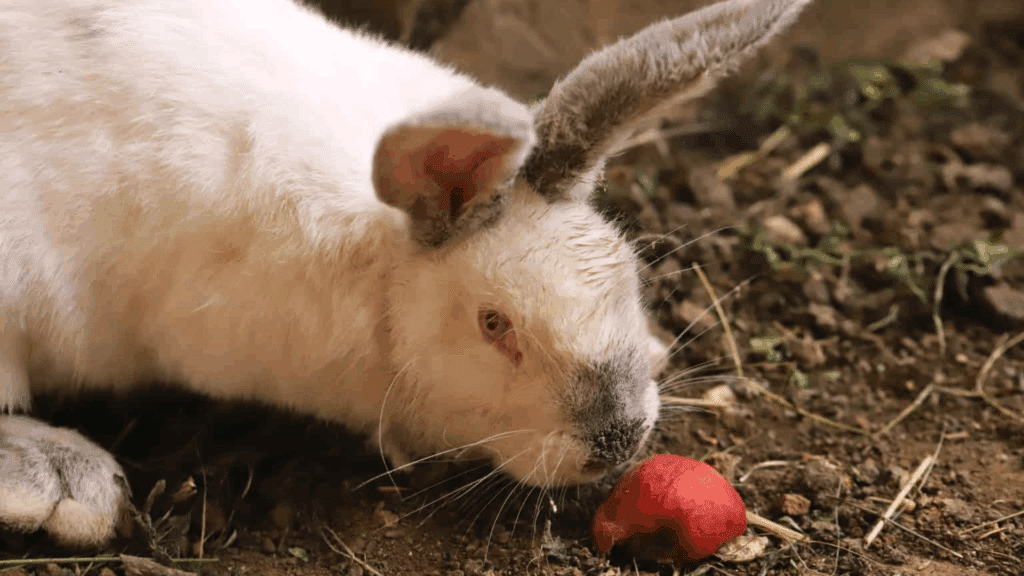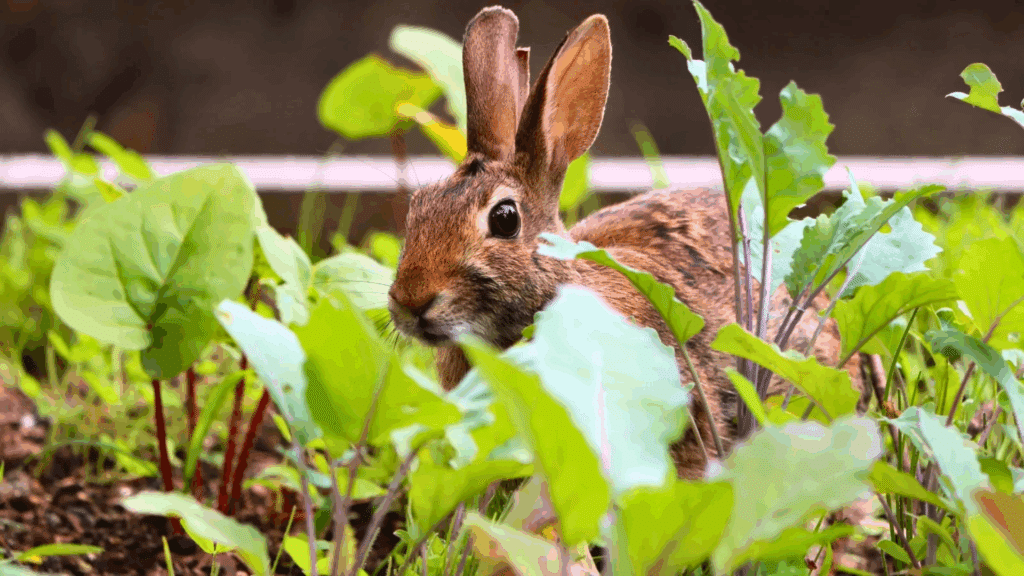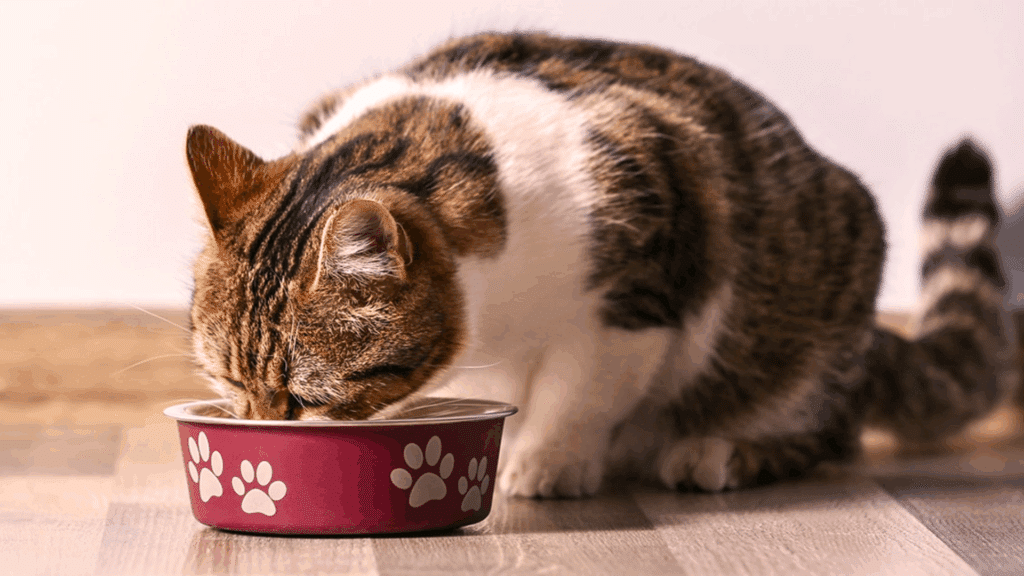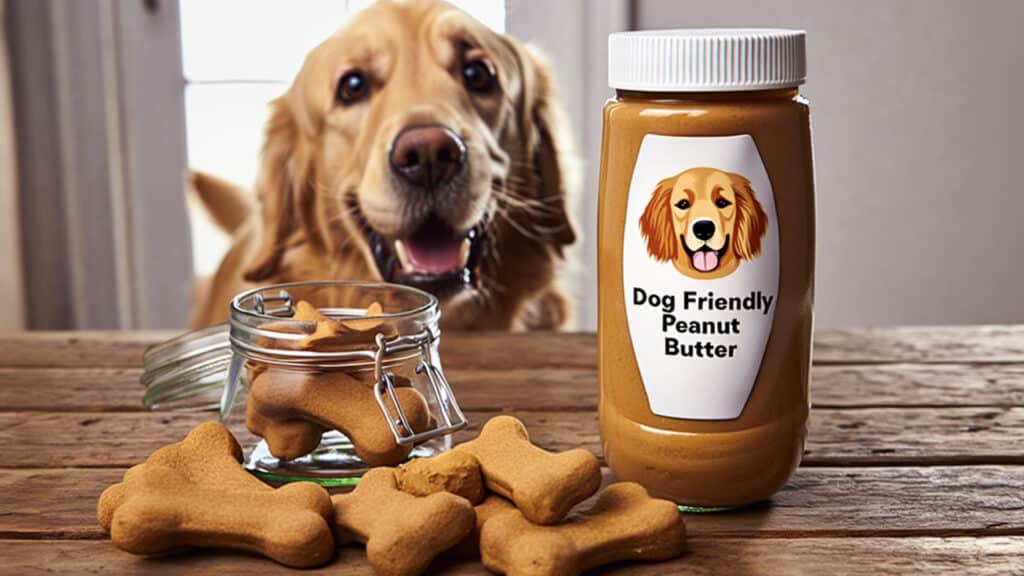Ever wondered if you can keep those beautiful koi fish inside your home?
I know I have! Koi are famous for their bright colors and graceful swimming, but most people think of them as outdoor pond fish.
Lately, there’s been a lot of buzz about trying to keep koi in aquariums, and the opinions are all over the place. Some people swear it’s possible, especially for baby koi, while others warn it can stunt growth or stress the fish.
I’ve spent time reading what fish lovers say online, and it’s clear this is more than just a “cute idea”-it’s a real debate about space, water quality, and ethics.
If you’ve ever thought about bringing koi indoors, this guide will help you weigh the pros and cons before diving in.
Why the Debate on Koi Fish in Aquariums Exists
Koi fish are colorful and graceful, and people have loved keeping them for hundreds of years. Traditionally, koi live in outdoor ponds, where they have lots of space to swim and grow big.
But today, some fish keepers wonder if koi can also live happily in indoor aquariums. This has started a debate: should koi only be kept in ponds, or is it okay to keep them inside?
On websites like Reddit and Quora, many people share their opinions and experiences.
Some say aquariums are too small, while others believe they can work if done carefully. This discussion keeps growing as more fish lovers want to enjoy koi in different ways.
Common Opinions About Koi in Aquariums
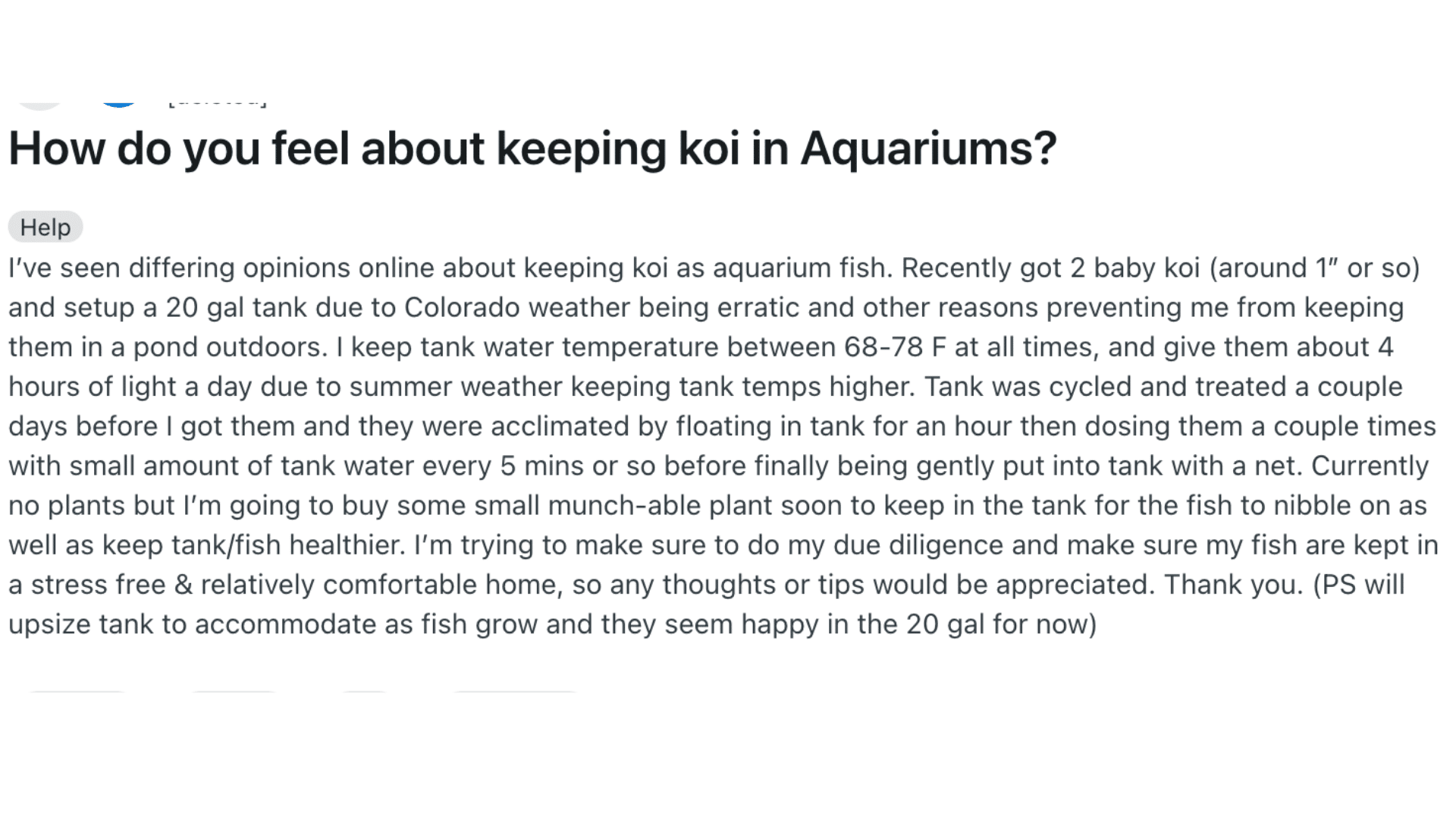
Many fish keepers share strong opinions about keeping koi in aquariums. Some believe that tanks are simply too small, since koi grow very fast and can reach large sizes.
Emma says: “Koi may look fine in a tank at first, but they grow too fast. A pond is always best.”
A single adult may need hundreds of gallons of water, and some types can even grow over two feet long. People often point out that koi may seem fine as babies in small tanks, but they quickly outgrow the space.
Others share that aquariums can be used only as a short-term solution before moving koi outdoors. Success stories are rare, while most experiences highlight stress, health problems, or stunted growth.
Feasibility – Can Koi Fish Really Live in an Aquarium?
Koi can survive for a short time in aquariums, but long-term care is best provided in a spacious pond.
Keeping koi in an aquarium sounds exciting, but the big question is whether it’s truly practical. Koi are admired for their beauty, yet they have special needs that make them very different from smaller fish.
Here are some key points to consider:
- Growth potential: Koi can grow 2–3 feet long, making them one of the largest freshwater fish kept by hobbyists.
- Tank size: Many recommend at least 200–300 gallons per fish, with some suggesting even more for healthy growth.
- Equipment needs: Strong filters, heaters, and oxygen systems are essential to handle waste and maintain water quality.
- Comparison: Like arowana or pacu, koi are better suited for ponds than tanks due to their size.
Ethical Considerations Raised by Hobbyists
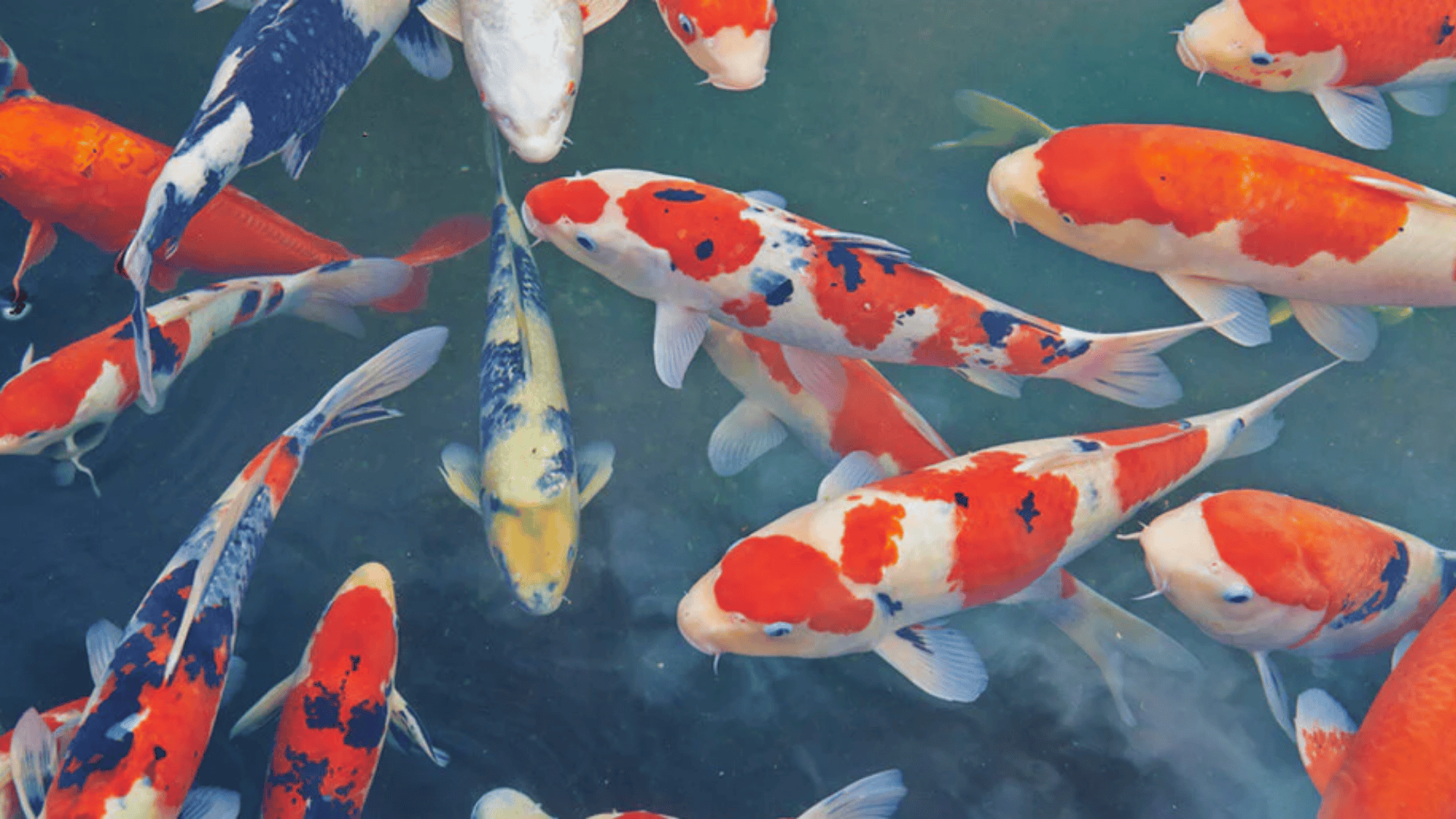
Keeping koi in aquariums raises important questions about their well-being. Many hobbyists ask if it is fair or humane to keep such big fish in small tanks for a long time.
Koi that live in small spaces can experience stunted growth, meaning they remain smaller than they should, which can lead to health problems.
Stress is another concern-tight spaces, poor water quality, and lack of swimming room can make koi unhappy or sick.
People often compare koi to goldfish, which handle smaller tanks better, and say koi really need ponds to thrive. Overall, the main advice is to think carefully about the fish’s needs and put their health first.
Practical Challenges Highlighted by the Community
Keeping koi in an aquarium may seem appealing, but there are several practical challenges that make it difficult. Fishkeeping communities often highlight these issues to help hobbyists make informed decisions:
- Tank maintenance: Large koi produce a lot of waste, requiring frequent cleaning and careful water quality monitoring.
- Filtration and oxygenation: Strong filters and aeration systems are necessary to keep the water healthy and well-oxygenated.
- Aggression and compatibility: Koi can be territorial, and their size may cause stress or injury to smaller tank mates.
- Cost factor: Building and maintaining a tank large enough for koi can be more expensive than setting up a proper pond.
Overall, the practical demands of keeping koi in aquariums make ponds the safer and more manageable option for long-term care.
Alternatives Suggested by Fishkeepers Online
For people who love koi but worry about keeping them in aquariums, there are safer alternatives that let the fish live healthier and happier lives.
Outdoor ponds are the most natural and ethical choice, giving koi plenty of space to swim, grow, and thrive. Some hobbyists also create indoor ponds or large tank hybrids, which offer more water and better filtration, making it possible to keep koi temporarily indoors.
Another option is to choose smaller koi varieties or goldfish, which are easier to care for in aquariums because they need less space and grow more slowly.
These alternatives allow fish lovers to enjoy their beauty while keeping the fish safe and comfortable.
Expert vs. Hobbyist Perspectives
People often get different advice depending on whether it comes from experts or hobbyists. Professional aquarists and casual fishkeepers view keeping koi differently, and understanding both perspectives can help make better choices:
| Perspective | Key Points | Examples/Notes |
|---|---|---|
| Experts | Emphasize proper space, water quality, and long-term health | Recommend ponds over aquariums; warn about stunting growth |
| Hobbyists | Share personal experiences, sometimes with creative tank setups | Some report short-term aquarium success, but issues arise as koi grow |
| Cultural/Aesthetic Factors | Preferences influence setup choices | In Japan, koi ponds are traditional; Western hobbyists may try large indoor tanks for display |
Overall, while hobbyist stories can be inspiring, expert advice highlights koi welfare and shows that ponds are the safest long-term solution.
Conclusion
Thinking about keeping koi in an aquarium? I get it-it sounds beautiful to see those colorful fish up close, but there’s a lot to consider before taking the plunge.
Koi grow fast, sometimes reaching 2–3 feet, and need huge amounts of water, strong filtration, and plenty of swimming space.
From what I’ve seen, experienced hobbyists almost always recommend ponds for long-term health and happiness. An aquarium might work if you’re caring for tiny fry temporarily or have a massive, custom-built tank, but it’s tricky and expensive.
Personally, I’d opt for a pond whenever possible-it’s kinder to the fish and less stressful for you. If space or weather limits you, smaller koi varieties or goldfish are safer aquarium companions. In short, think long-term, and let the koi thrive!


